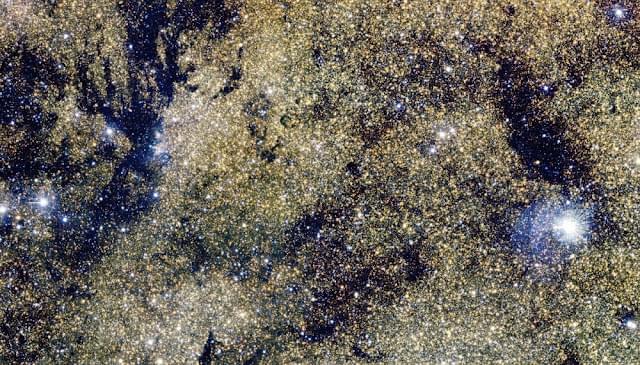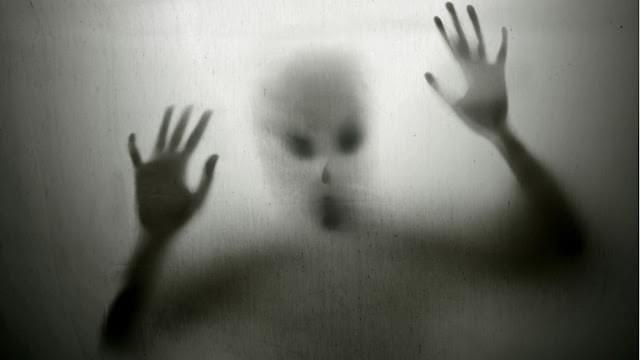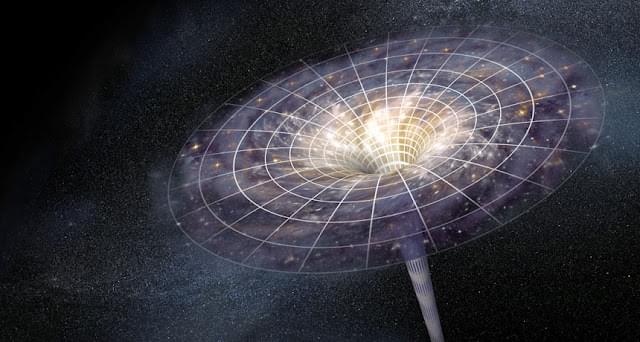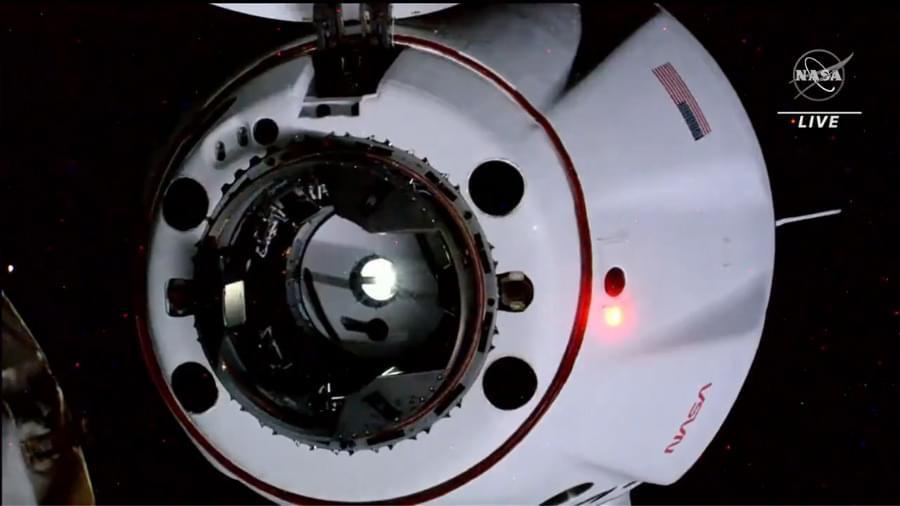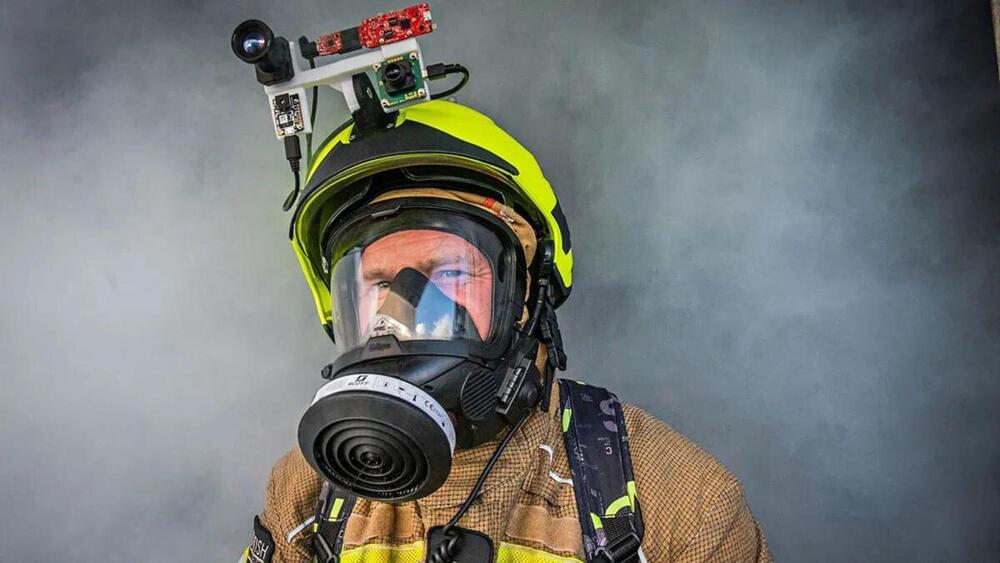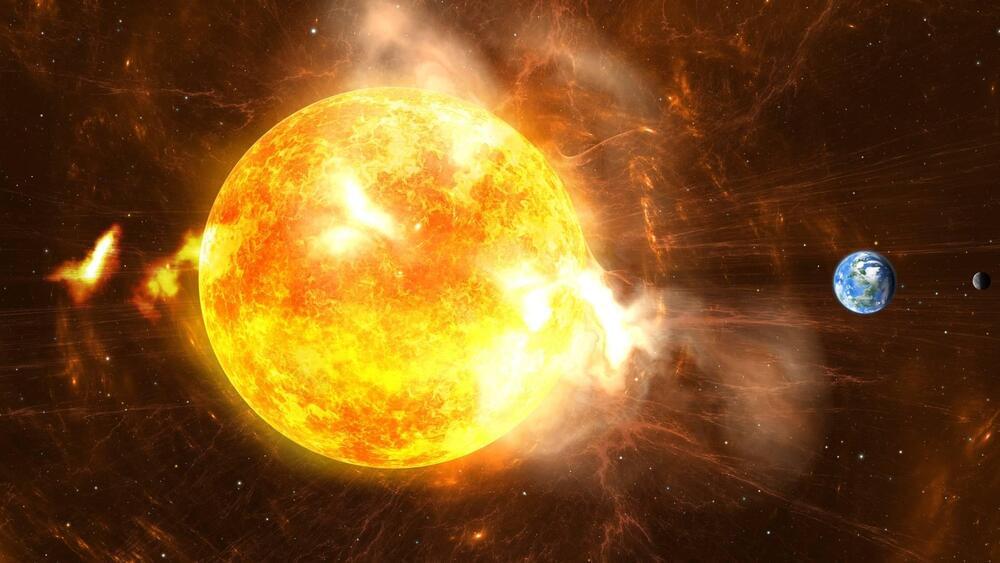In the Milky Way galaxy alone, there are over 300 million potentially habitable exoplanets.
This indicates that 300 million planets are likely to have the necessary conditions for life—and sophisticated life—to evolve on their surfaces. Are we the only ones in the universe?
How vast is the universe in which we live? Given our existing technology and measurement of the universe, we are unable to acquire this answer. We can make educated guesses, but we are still a long way from investigating the universe.
